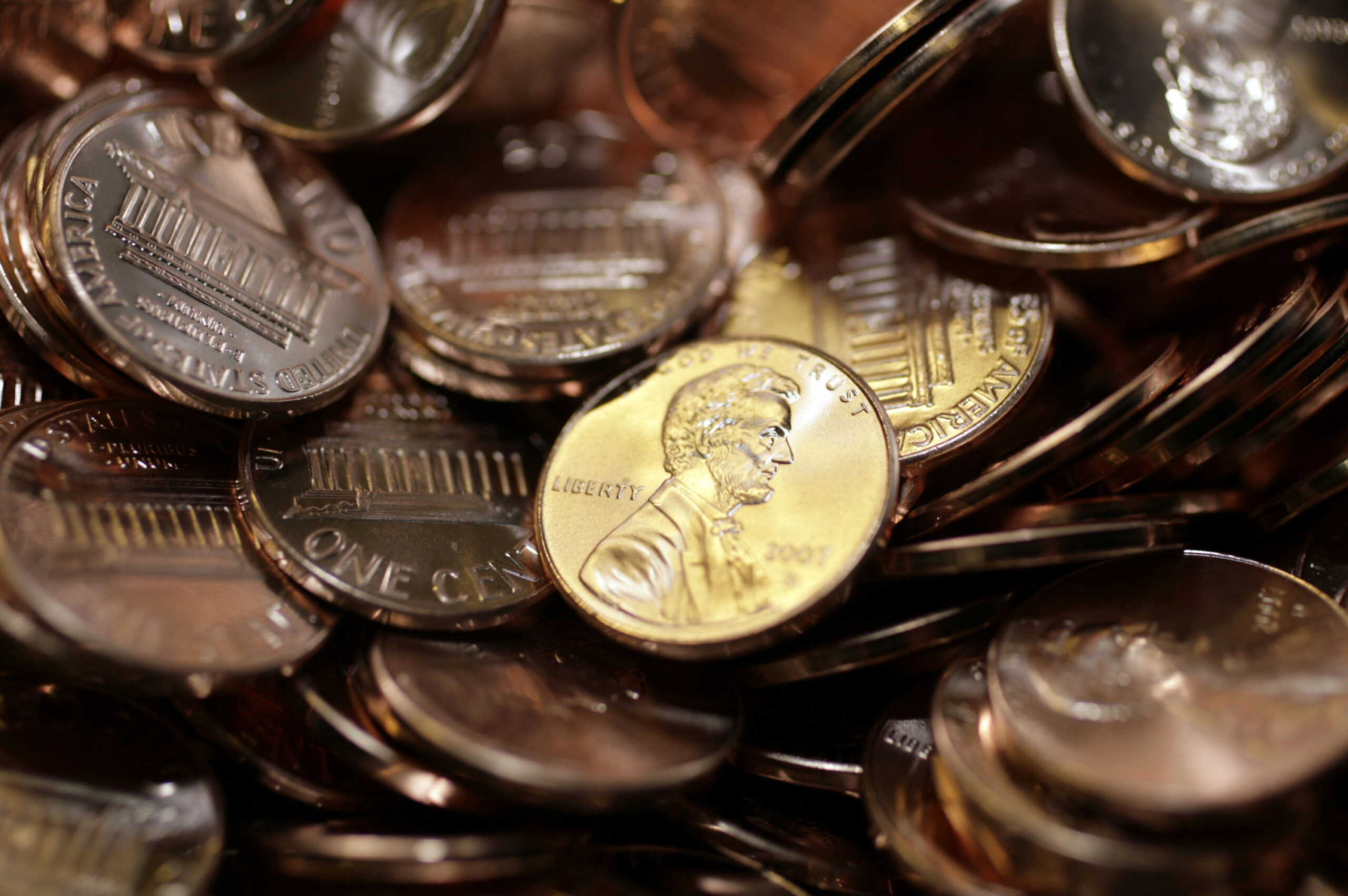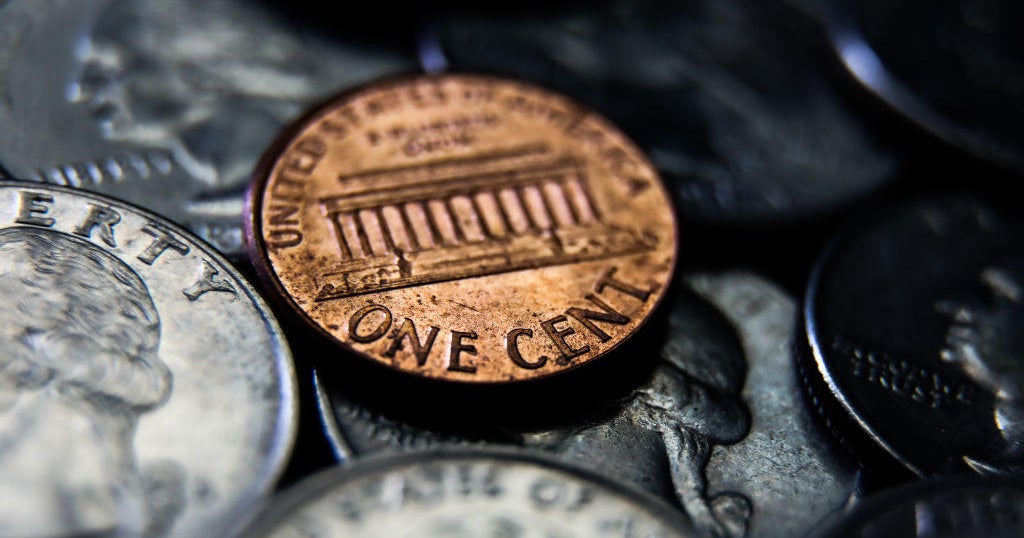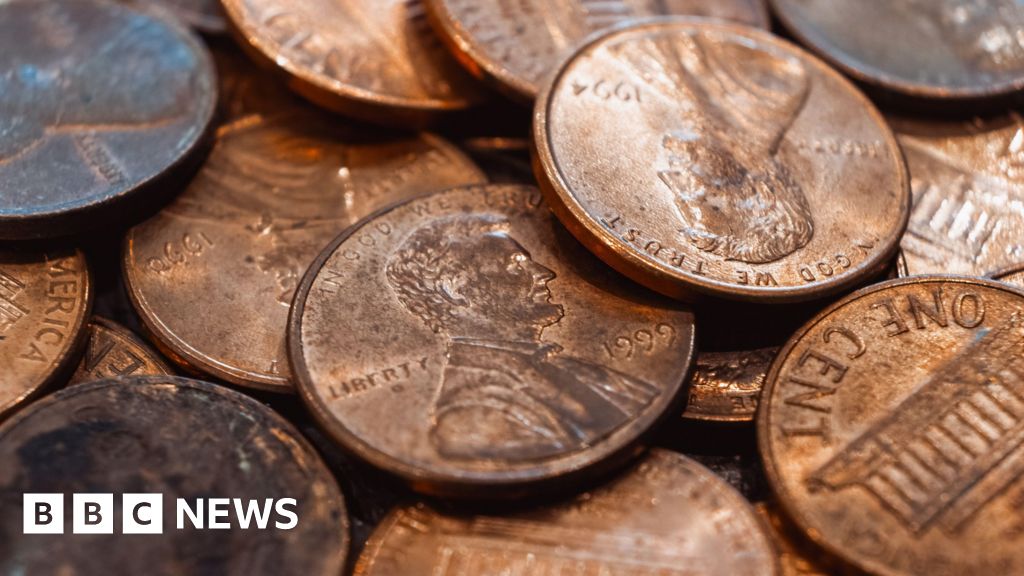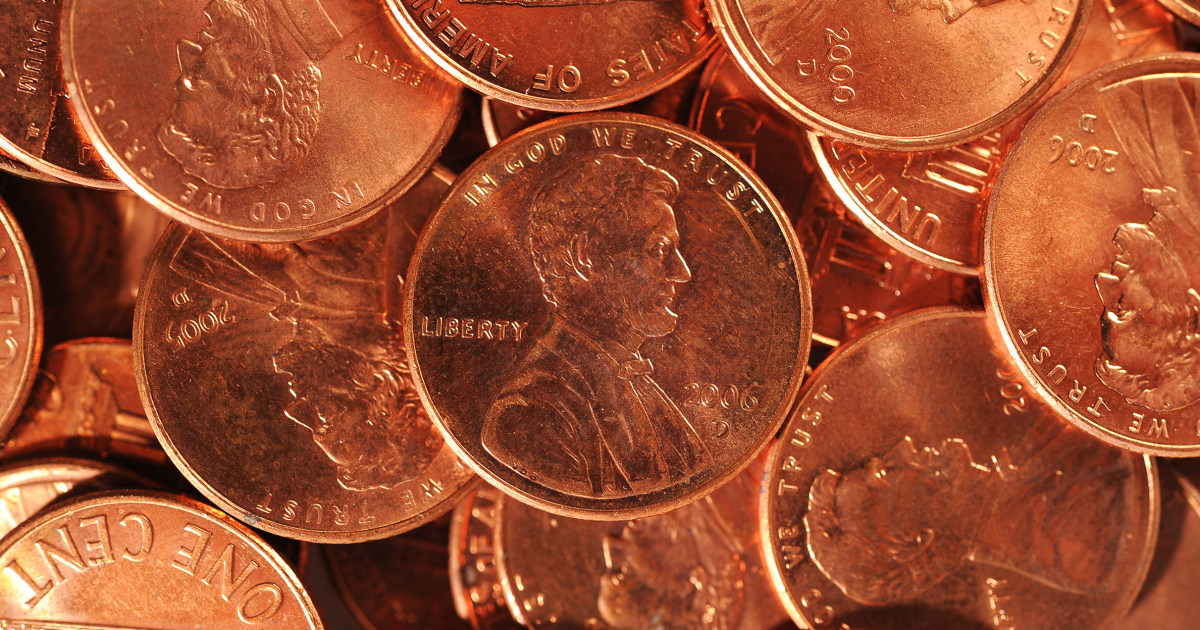U.S. Mint to Cease Penny Production Amid Rising Costs
The U.S. Mint will stop producing pennies, with final orders placed, saving $56 million annually as costs exceed their value.
Subscribe to unlock this story
We really don't like cutting you off, but you've reached your monthly limit. At just $5/month, subscriptions are how we keep this project going. Start your free 7-day trial today!
Get StartedHave an account? Sign in
Overview
The U.S. Treasury has confirmed it will cease penny production, following President Trump's directive. The final order of penny blanks has been made, and production will end when they run out. This decision comes as the cost of minting pennies has risen to nearly 4 cents each, leading to an expected annual savings of $56 million. With 114 billion pennies in circulation, the move reflects changing payment habits and ongoing debates about the coin's utility. While some advocate for its elimination, others argue it plays a role in charity and pricing. Congress may need to legislate the change, as past efforts to eliminate the penny have failed.
Report issue

Read both sides in 5 minutes each day
Analysis
- The article presents a balanced view on the U.S. Mint's decision to stop producing pennies.
- It highlights financial savings while addressing concerns about increased demand for nickels.
- The tone is neutral to slightly positive, reflecting mixed opinions on the decision.
Articles (12)
Center (7)
FAQ
The cost of minting pennies has risen to nearly 4 cents each, which exceeds their face value of 1 cent. This is due to various factors, including the cost of raw materials and production processes. The exact breakdown of costs includes metal composition, labor, and machinery expenses[4].
History
- 5M

 5 articles
5 articles









